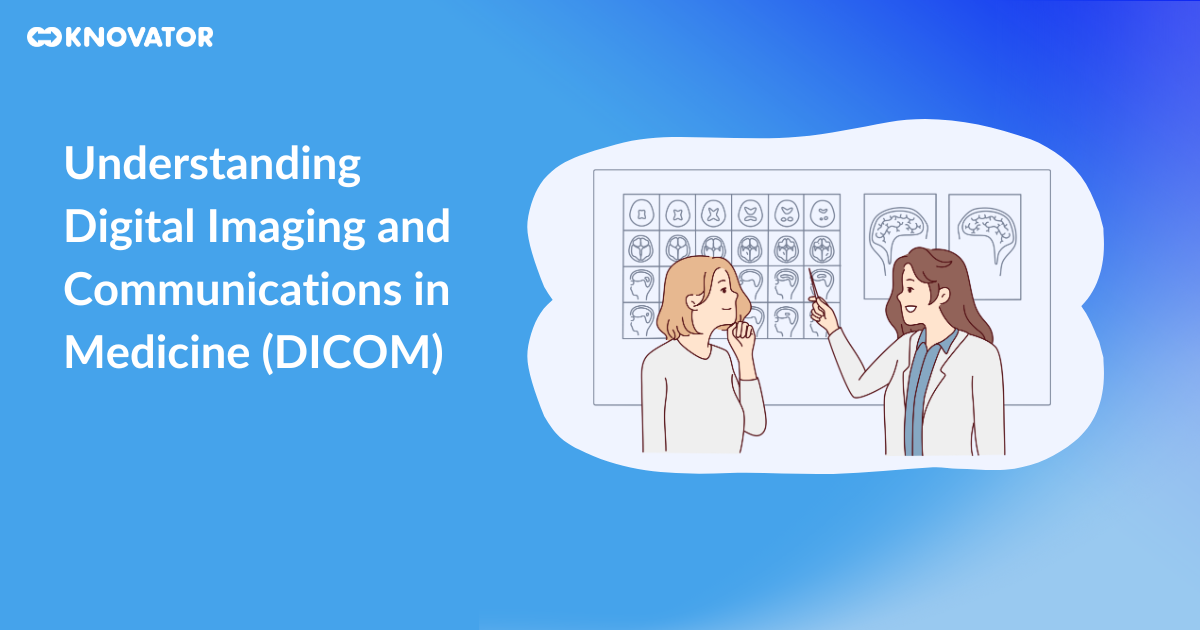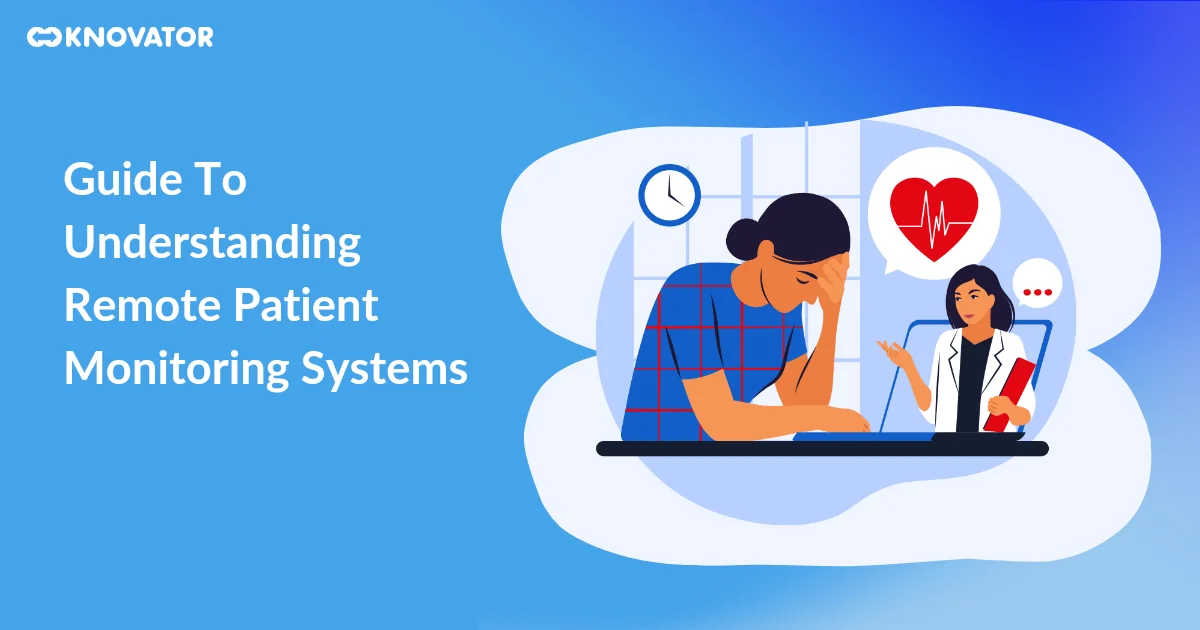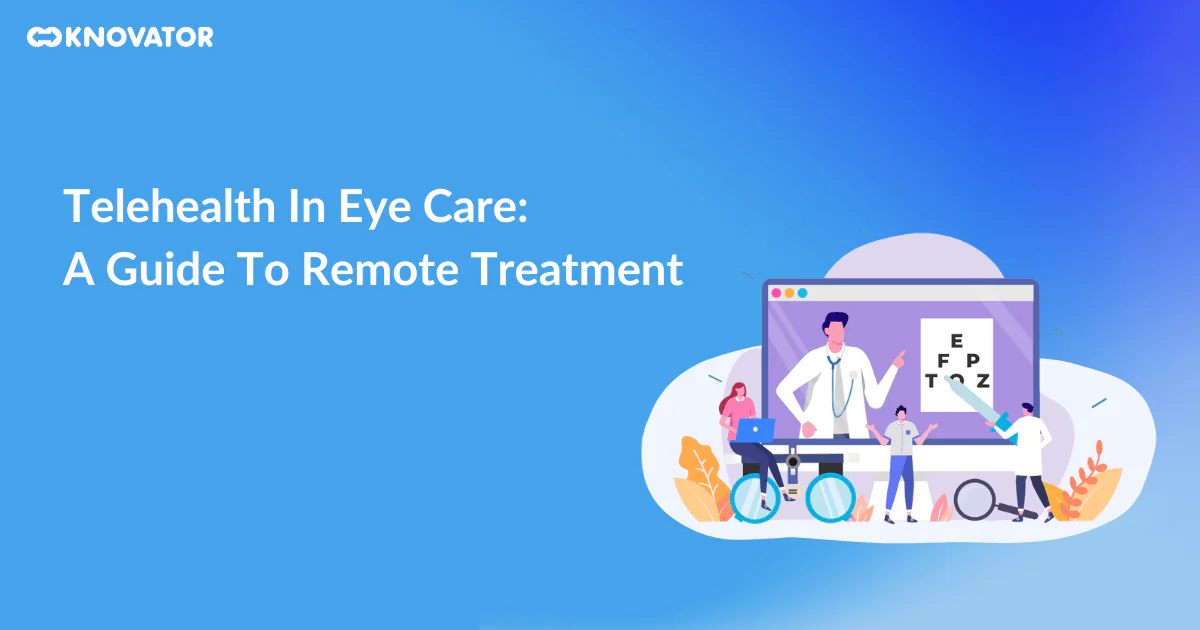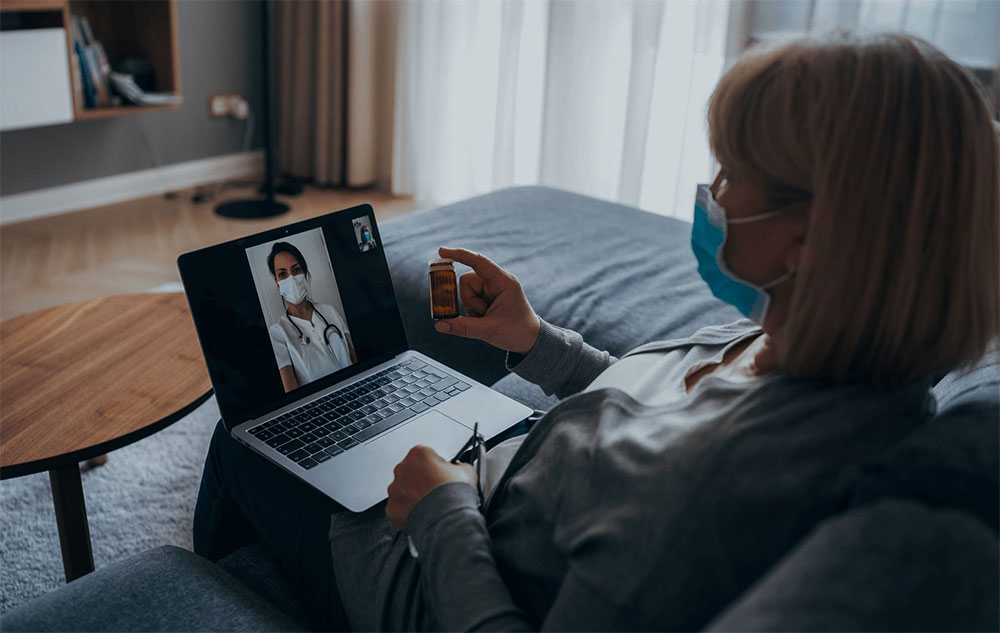Launching a Remote Patient Monitoring (RPM) program can become a challenging task, especially when you are starting from scratch.
However, with the right technology partner and great internal alignment, integration of your RPM program into your existing workflows will become smooth.
When you are planning to launch the RPM program, we have brought eight best practices to be critical to RPM success:
Get organizational buy-in
When launching the Remote Patient Monitoring program, make sure that the staff is aligned around:
- What is rolling out?
- What are your objectives for the program?
- What is the expectation of everyone who is participating?
Everyone on your team may not be affected immediately. But, from the front office to clinical staff to billing, an RPM workflow can touch multiple departments.
Therefore, to get buy-in from the beginning, it is worth taking some time to ensure the smoothest implementation possible.
Build your RPM team
Your RPM program may ultimately impact multiple stakeholders in your practice. Having a dedicated team responsible for the success of your RPM program ensures that you have internal champions. This team will see the program through to fruition.
An RPM team should include:
- An expert physician or clinical lead from each department who use RPM,
- Alongside your RPM provider, an operational Remote Patient Monitoring lead is responsible for coordinating the mechanics of your program,
- An executive stakeholder understanding initial objectives of your remote patient monitoring program
Your technology partner can help you to identify these stakeholders and, to be successful, empower them with the necessary information.
Identify eligible patients
When launching a program, generate a list of patients appropriate for monitoring remotely.
The physician should focus on those patients who are most likely to benefit from a remote patient monitoring program.
Ultimately, eligibility to treat remotely is up to the discretion of the physician or ordering provider.
First, identify which patient population will be best suited for RPM. On a go-forward basis, your staff can be flagging the patients that meet that criteria.
Set clear expectations when onboarding new patients
Patient onboarding is a multi-step process and, during our implementation with new practices, we spend a considerable amount of time.
Still, the most vital step remains to set clear expectations. Both with the patient and their caregiver(s) should they be present.
Although, to help them manage their health, more and more patients -proactively seeking technology.
Patients want to understand across the tech literacy spectrum
- What is Remote Patient Monitoring?
- How does it work?
- How does it help patients?
- Whether or not it is secure?
- What to do if they have any issues?
It does not matter how easy it is to follow the remote patient monitoring process for the patients. It is always better and essential answering these questions clearly and effectively. That can be the difference between a successful RPM and care plan and an unsuccessful one.
Ensure patient adherence through easy-to-use technology
The more likely the patients are to adhere to your treatment recommendations and meet this requirement, the more positive and seamless taking readings are for them.
Make sure that devices used by the patients are easy-to-use. Ensure that the most critical factor to adherence beyond expectation setting within the onboarding process is user-friendly.
Fortunately, Making the RPM program user-friendly has become easier because of the advanced technology.
Most RPM-enabled devices use cellular technology nowadays. It allows patients to transmit the data without an internet connection at the push of a button.
Another advantage of the RPM program is it gives patients more direct insight into their health data.
It is essential to provide your patients with devices they are most likely to use and necessary for their conditions.
Whatever technology you use, ensure that your patients know what to do if and when they have any queries.
To active monitoring and engagement dedicate the time
The clinical staff viewing data, interpreting data, and interacting with your patients must have the time to do so.
Your clinical staff must have enough time to view and interpret the data and interact with the patients.
Choose the technology partner who offers a perfect solution for your RPM program if your staff are already short on time and you are concerned this may be an issue.
A good technology partner has a team of experts who are well-versed in remote patient engagement, can work independently, present solutions, and maximize the efficiency of the RPM program.
Related : Patient Engagement Solutions
Invest in program growth and maintenance
The launch is just the starting point as with any new initiative. The more time and energy you put into program growth and maintenance, the more results you will get out of it.
Share the progress of your program and goals with your team from time to time. As your program is getting off the ground, this kind of information can be a motivating factor and help to connect the work you are doing with its impact.
Testimonials from patients enrolled in the program can also be helpful to connect the dots between What you are doing and Why you are doing.
Last but not least, keep in touch with your technology partner. Across the care continuum, we have seen many successful remote patient monitoring platforms for providers.
To ensure your program is as successful as possible, we are always eager to share our learnings and best practices with you to help.
There are a number of RPM vendors available to healthcare providers as RPM has grown in popularity. However, not all vendors of RPM are created equal.
Choosing the right technology partner is a great deal of careful thought and research, like any investment.
To get the right technology partner that best meets the requirements of your team and your patients, consider these questions.
Before You Begin: Understand Your Why
First of all, you need to understand why you want to launch your remote patient monitoring startup.
Secondly, you need to be sure that you have internal alignment on these motivating reasons before searching for a technology partner.
It is all right if you may not have all the answers right now. However, consider the following questions:
- What are your clinical objectives to implement RPM?
- What specific treatment or patient segments to treat through RPM?
Make a list of your existing patients and identify the patients likely to benefit from your initial rollout of remote patient monitoring. Determine how your initial eligible patient volume might look.
The treatment for patients with chronic conditions is the most common application of remote monitoring.
Studies have demonstrated that regular ongoing measurement of physiologic data, feedback, and communication remote monitoring programs can improve chronic condition management.
There are several other applications for remote monitoring, including acute care, behavioural health, respiratory therapy, medication adherence, and more.
How will monitoring impact your revenue cycle?
Most healthcare providers see remote patient monitoring development services to scale the number of patients they can efficiently and effectively treat. And as a means of increasing engagement with their existing patient population.
Most practices can improve revenue cycle management through RPM, while any new service line comes with costs.
Early in the RPM selection process, by looping in your finance and billing teams and making everyone aligned with the rules and requirements about RPM billing and coding, RPM facilitates the chances of successfully realizing the financial value.
What patient monitoring capacity do your internal resources allow?
Average, one full-time employee (FTE) can typically manage 150 to 250 patients per month. FTEs are busy for 20 minutes or more for one patient. This number can vary depending on patient population and acuity.
There are two questions:
- How many FTEs do you currently have available to perform monitoring?
- If you don’t have the current resources, can you get them?
If staffing capacity is a concern, hire a technology partner to provide you with a clinical monitoring solution that integrates with your existing workflows.
Have you identified your RPM leads?
In our experience, we have noticed that the most successful RPM programs have at least one operational lead and one dedicated clinical lead on their RPM team.
A smooth transition and successful launch are ensured – by these committed resources. For these vital tasks, determine who on your team would be best suited.
What are your launch dates expectations?
How far in the future you will be ready to launch an RPM program, depends on answers to the resource questions.
Make sure you’re prepared to dive into implementation if you have patients you know would be ready to start monitoring today.
Get your programs launched quickly with a technology partner well-versed in getting, who can hold you accountable to deadlines on your end.
Also Read : Benefits of Buy Hospital Automated Prior Authorization Solution
Choose your RPM Partner – four key factors
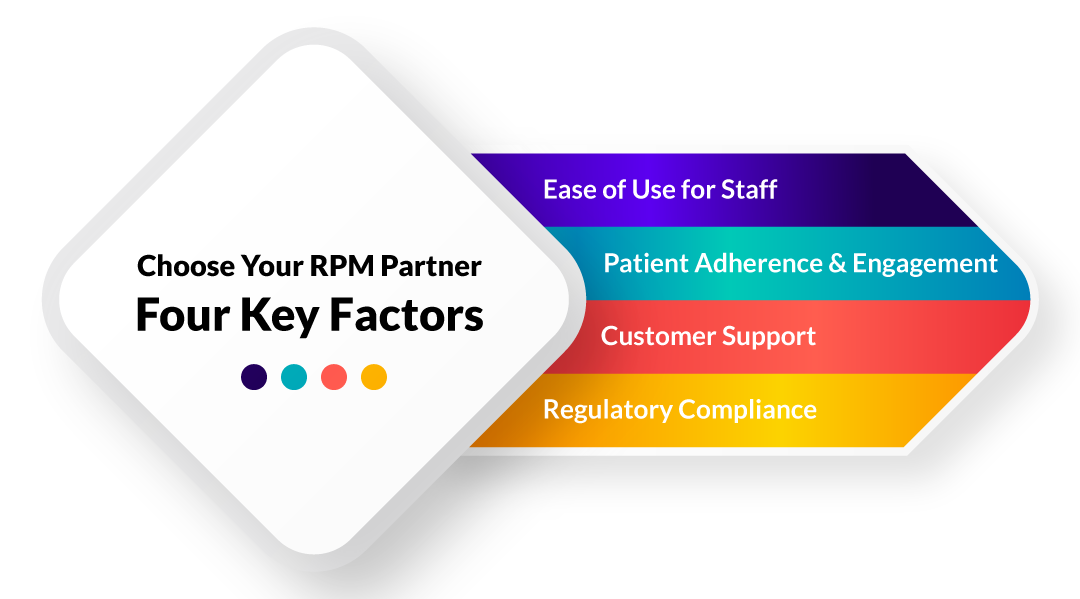 Once you get internal alignment within your team and get clear answers to why you want to start an RPM program, you can begin your search for the right technology partner.
Once you get internal alignment within your team and get clear answers to why you want to start an RPM program, you can begin your search for the right technology partner.
Here are four key factors we recommend evaluating when choosing the right technology partner:
Patient adherence and engagement
To a successful RPM program, patient engagement and adherence are critical.
Patients might not be taking regular measurements if they do not engage with the program reducing the clinical efficacy of monitoring.
To get reimbursed for CPT® codes 99453 and 99454, patients must also submit readings for a minimum of 16 days in 30 days for patient set-up, education and the devices supplied to the patients.
Your technology partner must provide their monitoring program with adherence in mind and has the track record to prove it to ensure continued engagement.
Some best practices here include:
- The ability to offer both Cellular and Bluetooth devices, which means patients can use technology they are comfortable using regardless of their tech literacy
- Including video, phone, and SMS facilitating multiple, two-way methods of communication
- To take regular measurements, built-in reminders that automatically encourage patients
- Easy-to-understand patient education which is made available in multiple languages
Ease of use for staff
Consider all the workflows your team will need to follow to use their system: clinical, administrative and technology-based when selecting a technology partner for RPM.
Your staff adoption will be more successful if these workflows are easier to use and learn.
Beyond the general look and usability, you also need to look for:
- Credentialing and security across user roles
- Which automation are built-in for staff (time tracking, reminders, reading alerts
- Patient communication tools
- The ability to integrate with your EHR and interoperability
Customer support
From onboarding onward, your RPM partner should provide ongoing training. Your tech partner should be available to answer your questions or help you troubleshoot.
To achieve your clinical and financial goals, a high-touch client success team that meets with you regularly will help you to optimize every part of your remote monitoring operation.
Your tech partner can customize a solution that best helps you address or fill any staffing gaps that might exist on your RPM team.
Regulatory compliance
It can be challenging to keep up with every new revision to CMS guidelines in remote care regulations.
You require a tech partner that is well-versed in regulatory requirements and software that makes it easy for you:
- to track time,
- generate billing reports, and
- provide an audit trail.
Quality matters
However, it is wise to take time – to research which remote patient monitoring program will work best for you and your patients.

Your RPM program should have the ability to deliver:
- on patient engagement,
- usability,
- customer support, and
- regulatory compliance
The above will have an impact on your RPM experience.






